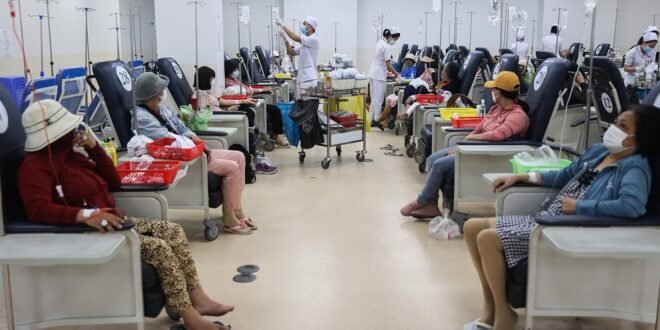Rising Threat of Liver Cancer
Liver cancer is expected to become a major global health crisis in the coming decades, with the number of new cases nearly doubling by 2050 if preventive measures are not significantly improved. This alarming projection comes from a recent study that highlights the critical role of preventable risk factors such as obesity, alcohol consumption, and viral hepatitis.
According to data from the Global Cancer Observatory published in the Lancet medical journal, the annual number of new liver cancer cases is set to rise from 870,000 to 1.52 million by 2050 if current trends continue. This increase will make liver cancer the sixth most common form of cancer globally. Additionally, it is projected to be the third deadliest cancer, with an estimated 1.37 million deaths expected by the middle of the century.
Despite these grim forecasts, the study emphasizes that three out of every five liver cancer cases could be prevented through targeted interventions. The primary risk factors identified include excessive alcohol consumption, viral hepatitis infections, and non-alcoholic steatohepatitis (NASH), which was previously known as non-alcoholic fatty liver disease (NAFLD). These conditions contribute to the accumulation of fat in the liver, increasing the likelihood of developing liver cancer.
Hepatitis B and C viruses remain the leading causes of liver cancer worldwide, even in 2050. The study notes that vaccination at birth is the most effective way to prevent hepatitis B. However, vaccine coverage remains low in many low-income countries, particularly in sub-Saharan Africa. Without increased vaccination rates, the researchers warn that hepatitis B could lead to the deaths of 17 million people between 2015 and 2030.
Alcohol consumption is also a significant contributor to liver cancer cases. By 2050, it is estimated to account for more than 21% of all liver cancer cases, up from just over 19% in 2022. Similarly, liver cancer linked to obesity-related fat accumulation in the liver is expected to rise to 11%, an increase of more than two percentage points.
The large-scale study, which reviewed extensive evidence on liver cancer risk factors and prevention strategies, underscores the urgent need for global action. The researchers call for greater public awareness about the preventable nature of liver cancer, especially among individuals with obesity or diabetes. They emphasize the importance of educating populations in regions such as the United States, Europe, and Asia about the risks associated with fatty liver disease.
Key Preventive Measures
To combat the rising incidence of liver cancer, experts recommend several key actions:
- Vaccination Programs: Expanding access to hepatitis B vaccines, particularly in low-income regions where coverage is inadequate.
- Public Awareness Campaigns: Educating communities about the risks of alcohol use, obesity, and viral hepatitis.
- Early Detection and Treatment: Encouraging regular health check-ups and early intervention for those at high risk.
- Lifestyle Changes: Promoting healthier diets, regular physical activity, and reduced alcohol consumption to lower the risk of fatty liver disease.
These measures are essential to reducing the burden of liver cancer and preventing the projected surge in cases by 2050. With coordinated efforts from governments, healthcare providers, and the public, it is possible to mitigate the impact of this deadly disease.
 Info Malang Raya Its All About World News
Info Malang Raya Its All About World News



